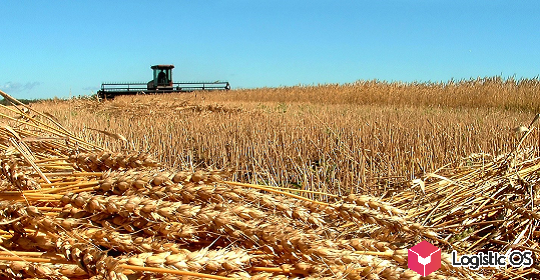In fact, the new strategy sums up the results of the first stage of rural development in 2015-2020.
The main objectives of the strategy are to stabilize the rural population and create conditions for its growth, increase employment and the quality of life in rural areas.
The strategy will be implemented through the state program for the development of rural areas for 2020-2025.
The total amount of financing will amount to 1.2 trillion rubles.
According to planned calculations, the outflow of the population could amount to 95.4 thousand people.
At the end of 2021, this figure was only 3 thousand people (for comparison, in 2013, 176.8 thousand people left the village).
According to analysts, the pandemic played a positive role: people were afraid to leave for places where there was a higher risk of infection.
But the rural population continues to decline:
37.1 million people lived in rural areas in 2014
Early 2021 — 36.9 million people
It is expected that by 2030 this figure will decrease to 35 million people.
The trend of declining rural population has simple justifications:
The average life expectancy in the countryside is lower
People are getting older and the birth rate is falling
The overall death rate is higher than in cities.
The gap in life expectancy between urban and rural residents is 1.5 years.
What does the Ministry of Agriculture offer?
Support families with children
Organize more preschools
To improve the quality and accessibility of medicine.
No matter how positive such proposals sound, in practice there are no jobs and infrastructure in the villages, and this stimulates the outflow of the population of the villages to where there is work and living conditions are higher.
If we compare the incomes of a rural and urban resident, then according to the results of the third quarter of 2021, 6.9% of urban residents had incomes below the subsistence minimum, while for rural residents it was at the level of 25%.
The strategy calls for reducing this figure to 6.5% by 2030 by reducing low-wage jobs, taking multiple jobs and increasing social benefits.
The Ministry of Agriculture sees the greatest limitation for narrowing the gap in the provision of social and commercial facilities in the insufficient development of local roads.
Experts believe that not only to reduce the outflow of residents from villages, but also to encourage urban residents to move to villages, high-quality high-speed Internet can be implemented everywhere, which will allow rural residents to work remotely, including receiving salaries at the same time as urban ones.

